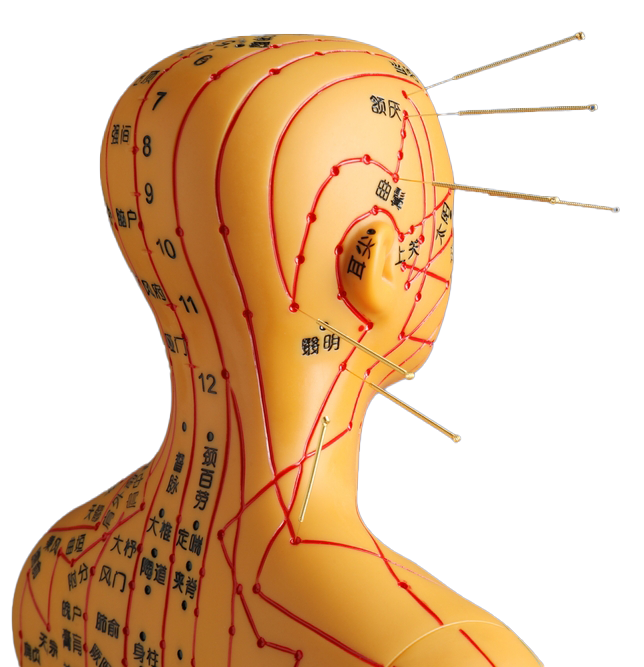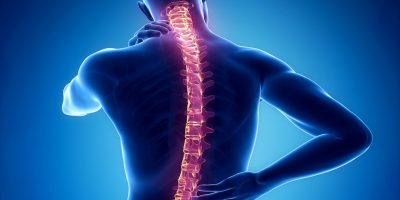- Facet joint Radiofrequency Thermocoagulation (RFT) Treatment
- Radiofrequency Thermocoagulation Dorsal root ganglion (DRG) radiofrequency thermocoagulation (RFT)
- Discitis Procedure
- Sacroiliac Joint Radiofrequency Treatment (Simplicity)
- In-Disc Ozone Therapy
- Nucleoplasty
- Transforaminal Injection (Pinpoint)
- Facet joint block
- Epidural Injection
Corticosteroid injections
- Home
- Injection and Interventional Therapies
- Corticosteroid injections
Contents
Toggle- Creating an individualised treatment plan
- The role of different specialities (physiotherapist, orthopaedist, psychologist, neurosurgeon)
- Pain treatment during pregnancy
- Treatment of chronic pain in the elderly
- Pain management in children
- Stress management
- Healthy eating
- Ergonomic living arrangements
- Exercise and mobility
- Facet joint Radiofrequency Thermocoagulation (RFT) Treatment
- Radiofrequency Thermocoagulation Dorsal root ganglion (DRG) radiofrequency thermocoagulation (RFT)
- Discitis Procedure
- Sacroiliac Joint Radiofrequency Treatment (Simplicity)
- In-Disc Ozone Therapy
- Nucleoplasty
- Transforaminal Injection (Pinpoint)
- Facet joint block
- Epidural Injection
- Cancer pain
- Permanent Epidural / Spinal Port Application
- Vascular Port (Permanent Vascular Access)
- Trigeminal Nerve RFT
- Blockade of Ganglion Stellatum
- Lumbar Sympathetic Ablation
- Facet joint Radiofrequency Thermocoagulation (RFT) Treatment
- Radiofrequency Thermocoagulation Dorsal root ganglion (DRG) radiofrequency thermocoagulation (RFT)
- Hernia Burning (IDET)
- Discitis Procedure
- Sacroiliac Joint Radiofrequency Treatment (Simplicity)
- Permanent Epidural / Spinal Port - Pump System
- In-Disc Ozone Therapy
- Nucleoplasty
- Peripheral Nerve Block
- Transforaminal Injection (Pinpoint)
- Facet joint block
- Epidural Injection
- Intra-articular Fluid Treatment
- Dorsal root ganglion (DRG) radiofrequency thermocoagulation (RFT)
- Spinal cord stimulation (pain pacemaker)
- Ergonomic living arrangements
- Spinal cord stimulation (pain pacemaker)
- Nucleoplasty
- Radiofrequency ablation
- Herbal solutions
- Dry needle treatment
- Anti-ageing treatments
- Ozone therapy
- Cupping therapy - Cupping
- Mesotherapy
- Prolotherapy
- Acupuncture
- Stem Cell Therapy
- Nerve blockages
- Corticosteroid injections
- Massage and relaxation techniques
- Manual therapy
- Electrotherapy
- Neuropathic pain medications
- Anti-inflammatory drugs
- Muscle relaxants
- Painkillers (paracetamol, ibuprofen, etc.)
Corticosteroid Injections: An Effective Option to Fight Inflammation
Pain, swelling or inflammation in certain parts of the body can significantly reduce the quality of daily life. Used in such cases corticosteroid injectionsis an effective treatment method that helps relieve symptoms and increase mobility by targeting the inflamed tissue. But what exactly are corticosteroid injections, how do they work and who are they suitable for? In this article, you can find answers to all these questions.
What is a Corticosteroid?
Corticosteroidsis a synthetic version of the hormone cortisol, which is naturally produced in the adrenal gland. It suppresses inflammatory processes in the body and reduces pain, swelling and redness. However, it is important to remember that corticosteroids, just like the hormone produced by the body, have a wide range of effects.
- Anti-inflammatory Effect: It minimises inflammation by regulating the body's immune response.
- Immunosuppressive Effect: When used for a long time or in high doses, it can weaken the body's defence mechanisms.
Corticosteroids are available in different forms such as tablets, creams, sprays or injections. The doctor decides which form is needed depending on the type and severity of the disease.
How Do Corticosteroid Injections Work?
Corticosteroid injections are injected directly into the inflamed or painful area, enabling a high concentration of drug deposition. This way:
- Quick Relaxation: Since the drug reaches the target tissue directly, a significant improvement in symptoms can be felt in a short time.
- Targeted Treatment: It is a more controlled treatment method because it only affects the affected area instead of spreading throughout the system.
- Long Term Effect: In many cases, a single injection can suppress inflammation for weeks or months.
In which cases is it preferred?
- Joint Pains and Arthritis: It can be especially effective in relieving inflammation and pain in joints such as knees, shoulders and hips.
- Bursitis and Tendonitis: It is frequently applied for the relief of inflamed tissues as a result of long-term incorrect posture or overuse.
- Carpal Tunnel Syndrome: In pain caused by a pinched nerve in the wrist area, regional corticosteroid injections can relieve the pain.
- Pain due to lumbar or cervical hernia: In cases where the nerve root is inflamed or compressed, injections into the epidural space can provide relief.
Doctors decide on the appropriateness of injection therapy in the light of the patient's medical history, physical examination findings and imaging results (MRI, ultrasound, etc.).
Injection Process
- Preparation and Evaluation: The area to be treated and the general health status of the patient are reviewed. If there are special conditions such as the use of blood thinners, the physician must be informed.
- Local Anaesthesia or Light Sedation: Local anaesthesia may be required for the comfort of the patient, especially if intra-articular or sensitive areas are to be injected.
- Imaging Guided Practice (Optional): Methods such as ultrasound or fluoroscopy (X-ray) ensure that the injection reaches the exact site.
- Short Rest A slight feeling of discomfort or pressure in the area after the injection is normal. You can usually leave the hospital or clinic on the same day.
Benefits and Advantages
- Fast Pain Control: The inflammation in the joint or tissue decreases rapidly, the pain is relieved.
- Increased mobility: In particular, intra-articular injections reduce stiffness and increase flexibility and range of movement.
- Reduced Drug Burden: By minimising systemic effects (e.g. taking corticosteroids by mouth for a long time), it can reduce unnecessary drug use.
- Alternative to Surgery: For some patients, it can provide long-term relief without the need for surgical intervention.
Possible Side Effects and Cautions
As with any treatment, corticosteroid injections have some risks and side effects:
- Risk of Infection: If sterile conditions are not observed, infection may develop at the injection site.
- Skin discolouration or loss of subcutaneous adipose tissue: In some patients, discolouration or pitting may occur at the injection site.
- Temporary Pain Increase: There may be increased pain in the first few days. This usually resolves in a short time.
- Limit of Repetitive Use: Frequent injections can damage the joint tissue or tendon. For this reason, doctors usually recommend no more than a few injections per year.
- Systemic Effects: In long-term or high-dose corticosteroid use, problems such as weight gain, blood pressure increase, blood sugar fluctuations may occur. This risk is lower in regional application, but should still be monitored.
Who is not suitable for?
- Suspicion of Serious Infection: In patients with active infection, an additional intervention that may disrupt body integrity may be unfavourable.
- Bleeding Disorders: The risk is increased for patients with blood clotting problems or those taking blood thinners.
- Severe bone loss (osteoporosis): Repeated corticosteroid injections may further adversely affect bone mineral density.
- Diabetes and Hypertension Patients: Corticosteroids can increase blood sugar and blood pressure; therefore, close monitoring by a doctor is necessary.
Conclusion
Corticosteroid injections offer an effective option for controlling pain and swelling caused by inflammation. When the dose and frequency are adjusted according to the clinical condition of the patient, it provides significant relief both in the short term and in the long term. However, as in every medical practice, it is of great importance that this treatment is applied under the control of a specialist physician, with the correct indication and technique.
If you are experiencing severe joint pain, tendonitis or a chronic inflammatory condition, we strongly recommend that you get a comprehensive assessment from an orthopaedic specialist, algologist or physiotherapist to find out whether corticosteroid injections are suitable for you. Remember, the best treatment plan always takes into account individual needs and health history.
Our treatments
- Home
- Injection and Interventional Therapies
- Corticosteroid injections




